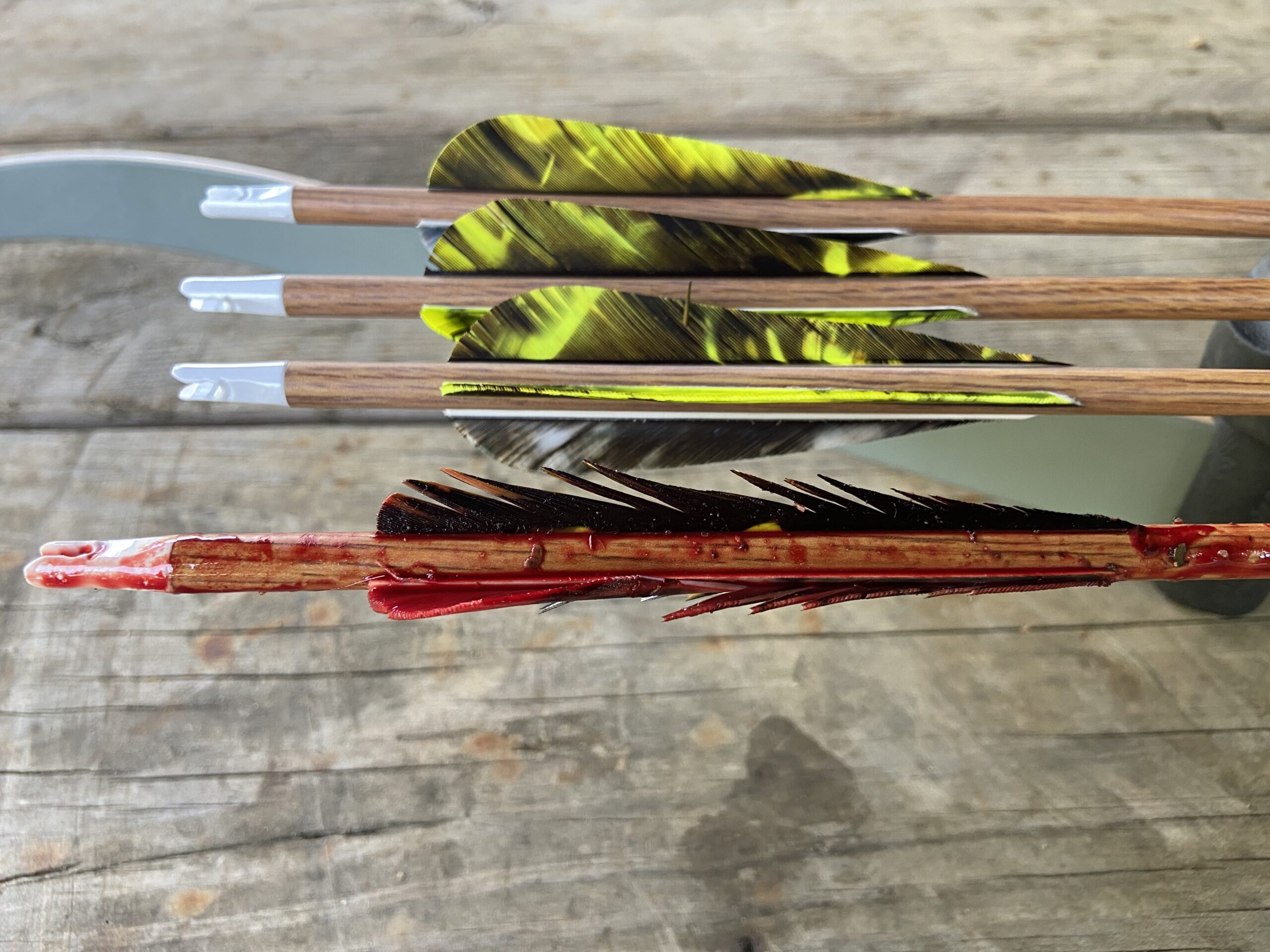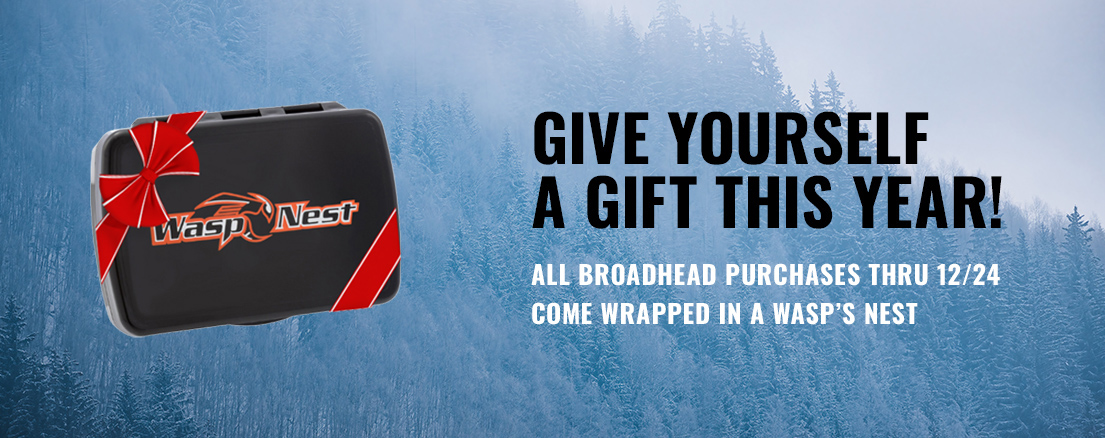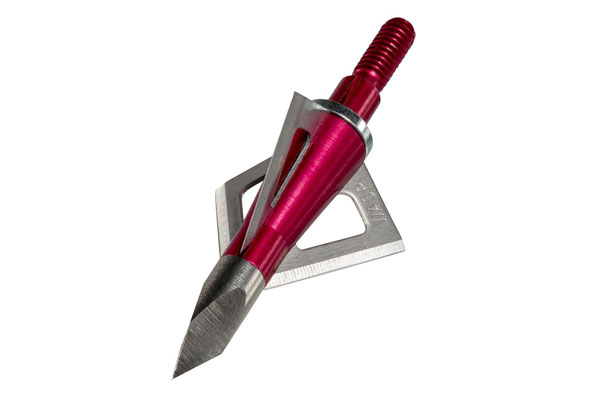How Effective Are Recurve Bows on Big Game?
Modern compound bows are easier to shoot and offer better performance, but skilled traditional bowhunters can still hold their own in the woods
Bowhunting is challenging no matter how you slice it. Today’s most advanced compound bows, effective as they are, don’t guarantee success. If you’ve only hunted with a compound bow, it’s almost difficult to believe that early bowhunters used equipment that was literally made of sticks and strings, and slung wooden arrows tipped with stone broadheads. Yet, hunters routinely brought down deer, elk, and other big game with that basic equipment.
Some bowhunters still opt to carry traditional recurves and longbows today. Although some advancements have been made, these bows are still very simple tools. They can be deadly effective for bowhunting, but they come with many limitations when compared to today’s technology-packed compounds. If you’ve ever wanted to try traditional bowhunting—or are just curious about it—then you’ll enjoy this deep dive into the equipment.
ARROW VELOCITY
Most of today’s high-end compound bows have advertised velocities in the high-300 fps range, though real-world hunting setups are typically slower. Still, most bowhunters can achieve at least 250 fps or more from their compound with a 400-grain or so finished arrow and average specs of 65 pounds of draw weight and a 28-inch draw length.
Traditional setups are much slower. Compared to compound bows, traditional bows get heavier the farther they’re drawn and the more the limbs flex, meaning that most traditional bowhunters have to sacrifice some draw weight in order to shoot the bow accurately. That, combined with the lack of cams and pulleys to “compound” the power of the draw cycle puts a recurve at a serious ballistic disadvantage, compared to a compound, right out of the gate.
So, again, 65 pounds is a popular average draw weight for adult male bowhunters. But that same bowhunter might need to step down to 45 pounds in order to shoot a recurve comfortably. Most trad bow hunters shoot much heavier arrows than compound hunters as well, as the added weight helps increase momentum and penetration potential at close range. The tradeoff to that, of course, is those heavy arrows (often 500 grains or more) slow the setup down even more. Even a well-tuned recurve setup will likely produce sub-200 fps speeds.
EFFECTIVE RANGE
Arrows slow down the farther they get from from the bow. A compound hunter shooting a speedy setup will benefit from a flatter arrow trajectory, and might even be able to aim with a single pin from 10 to 30 yards and still stay within a deer’s vital area. But a heavy, slow arrow launched from a recurve falls like a comparative stone, making distant shots especially challenging.
Furthermore, most traditional bows are shot instinctively, without sights. Even in the most skilled hands, they’re rarely as precise as a well-tuned compound bow with good sights. All of this means that traditional bowhunting is a very close-range sport. Twenty to 25 yards is the maximum effective range for many hunters, and 10 to 15 yards is much preferred.
HANDLING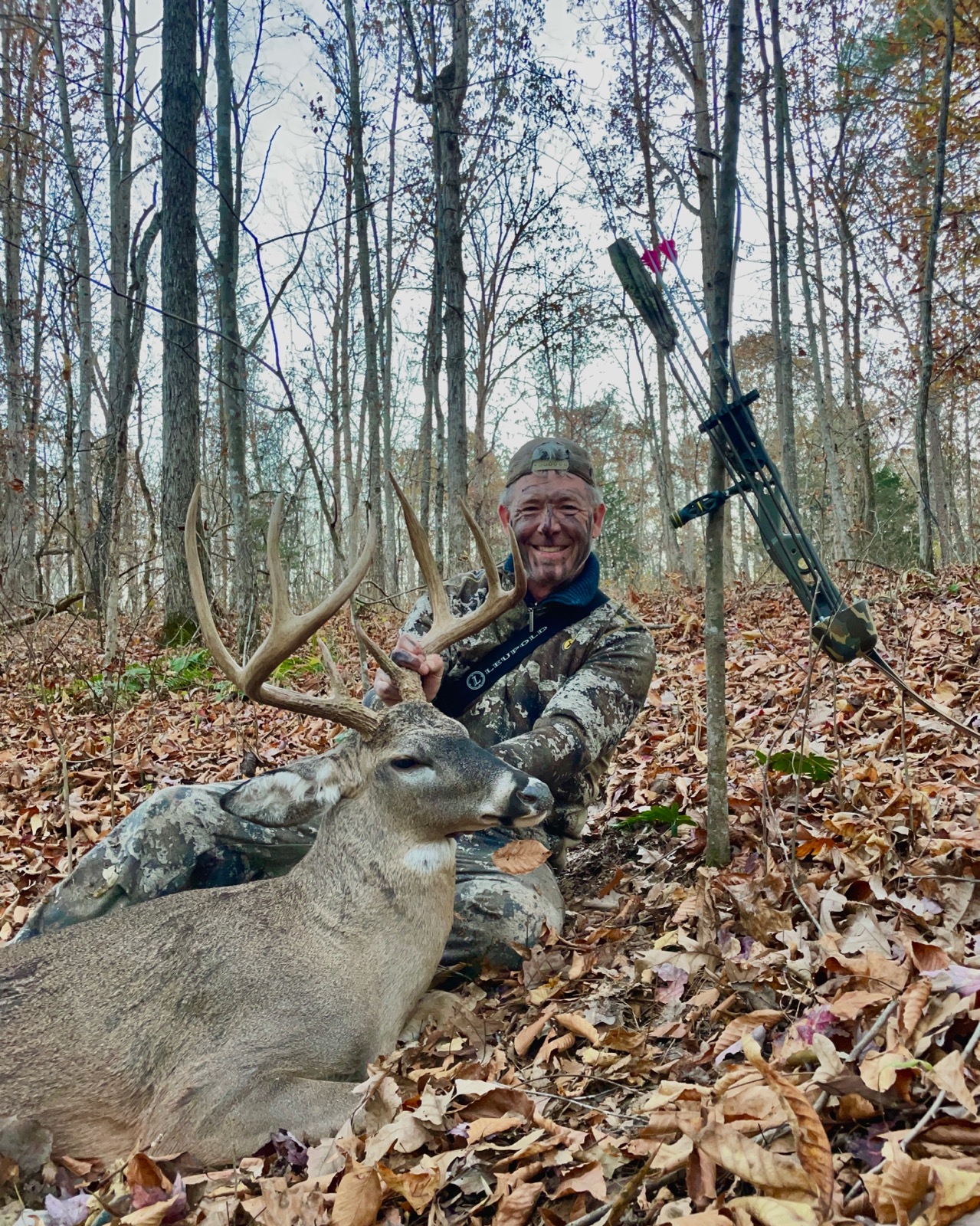
Legendary bowhunter Fred Eichler shows off a trophy 8-pointer taken with a recurve.
Many of today’s compound bows are less than 32 inches axle to axle, making them easy to wield from the confines of a treestand or ground blind. An average recurve, on the other hand, is 60 inches end to end, and that can definitely get in the way of the shot in some instances.
But traditional shooters don’t sacrifice everything. In many hunting situations, like when you’re set up on a deer trail in the timber or bowhunting hogs in thick cover, a good traditional shooter has one big advantage—speed of making the shot. Shooting a compound bow is a mechanical process that involves a release aid, drawing, lining up peeps and pins, anchoring, and leveling the sight. Under most circumstances, a compound shooter gets drawn and settled well before the shot is taken.
But real-world bowhunting isn’t always perfect. Animals are jittery, nervous, and moving. Traditional shooting is more fluid and athletic, akin to throwing a ball or shooting a shotgun. At close range, an instinctive trad shooter can see a shot opportunity, draw, anchor, and let fly in a matter of seconds, and still maintain incredible accuracy. Besides that, a fully rigged recurve with a quiver full of arrows still only weighs a couple pounds at most, a fraction of what a compound hunting setup weighs. Many traditional shooters love their recurves because they’re a joy to handle in the woods. If you hunt mostly in thick cover anyway, a trad bow may not be a disadvantage at all, provided you’re good with it.
SHOT PLACEMENT AND BROADHEADS
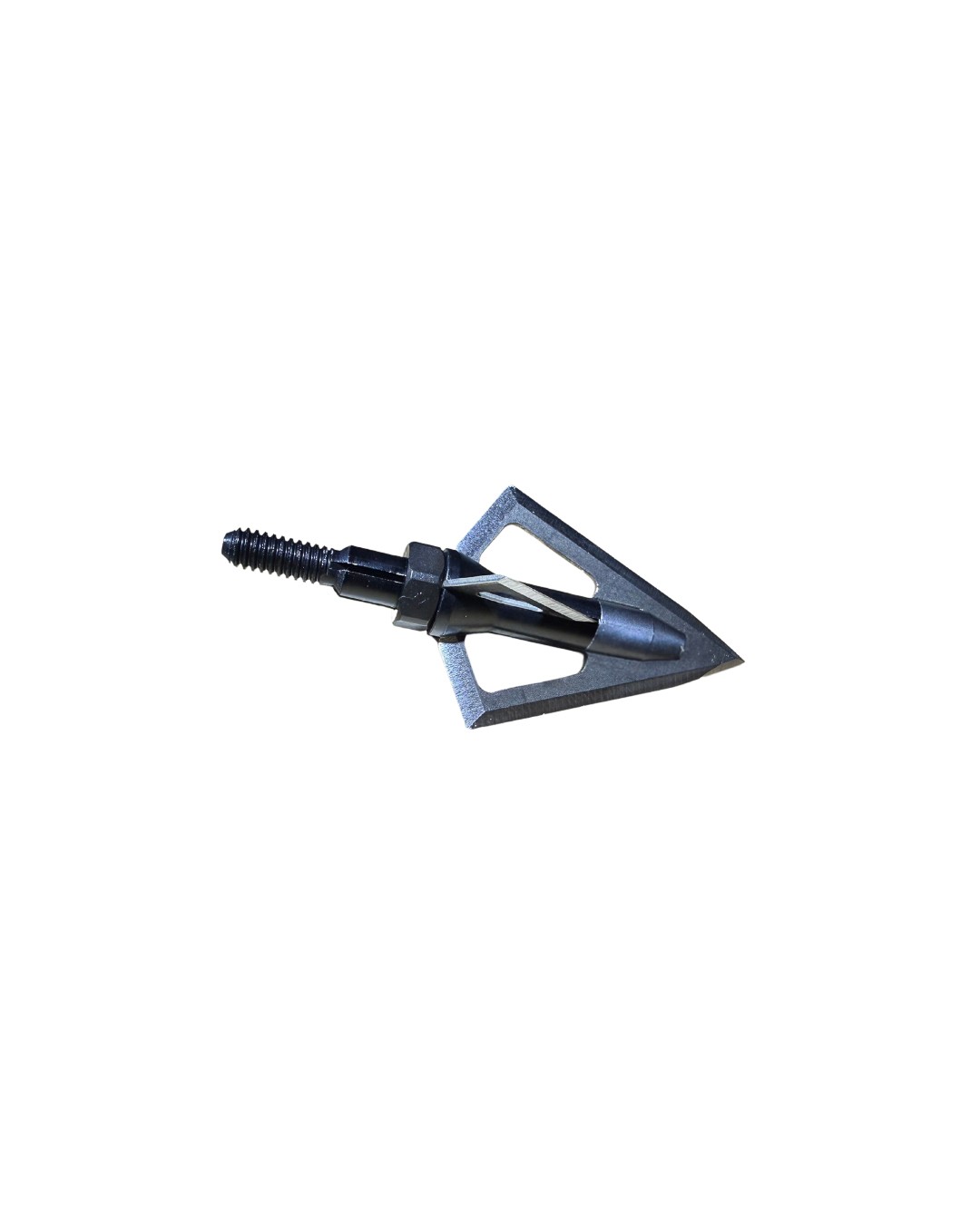 Lethality with any archery equipment boils down to one simple variable: shot placement. A 150-fps arrow with a good broadhead that hits a deer through the lungs is far more lethal than a 500-fps crossbow arrow that only hits muscle. The difference, as illustrated above, is that a recurve hunter often needs to be closer, calmer, and more disciplined in shot selection than a compound or crossbow hunter. Compound bows also give hunters the leeway to experiment with various broadheads until they settle on the style that works best for them.
Lethality with any archery equipment boils down to one simple variable: shot placement. A 150-fps arrow with a good broadhead that hits a deer through the lungs is far more lethal than a 500-fps crossbow arrow that only hits muscle. The difference, as illustrated above, is that a recurve hunter often needs to be closer, calmer, and more disciplined in shot selection than a compound or crossbow hunter. Compound bows also give hunters the leeway to experiment with various broadheads until they settle on the style that works best for them.
Most compound setups produce more than enough speed and kinetic energy to reliably open mechanical broadheads such as our Dueler and Jak-Hammer. These broadheads fly with pinpoint precision and yet inflict massive wounds with wide cutting diameters. Traditional shooters, on the other hand, are usually better off shooting fixed-blades, and most prefer big, heavy, cut-on-contact models to ensure maximum penetration. Broadheads like our Sharpshooter 200 and new Sharpshooter CBW are designed to offer traditional hunters maximum performance. We have plenty of traditional bowhunting customers who report routine pass-throughs on whitetails with these broadheads out of 50-pound recurves, and many who’ve also taken down exceptionally big, tough game like elk. To be clear, these broadheads will work just fine out of compound bows, too, but shooters who use the heaviest models will sacrifice some arrow speed.
Bowhunting of any sort requires patience and practice, and we salute every bowhunter who’s willing to accept the challenge. But the limitations of a traditional bow put the challenge of hunting with one into another category.
— Story and images by Wasp Archery Staff
View All Posts